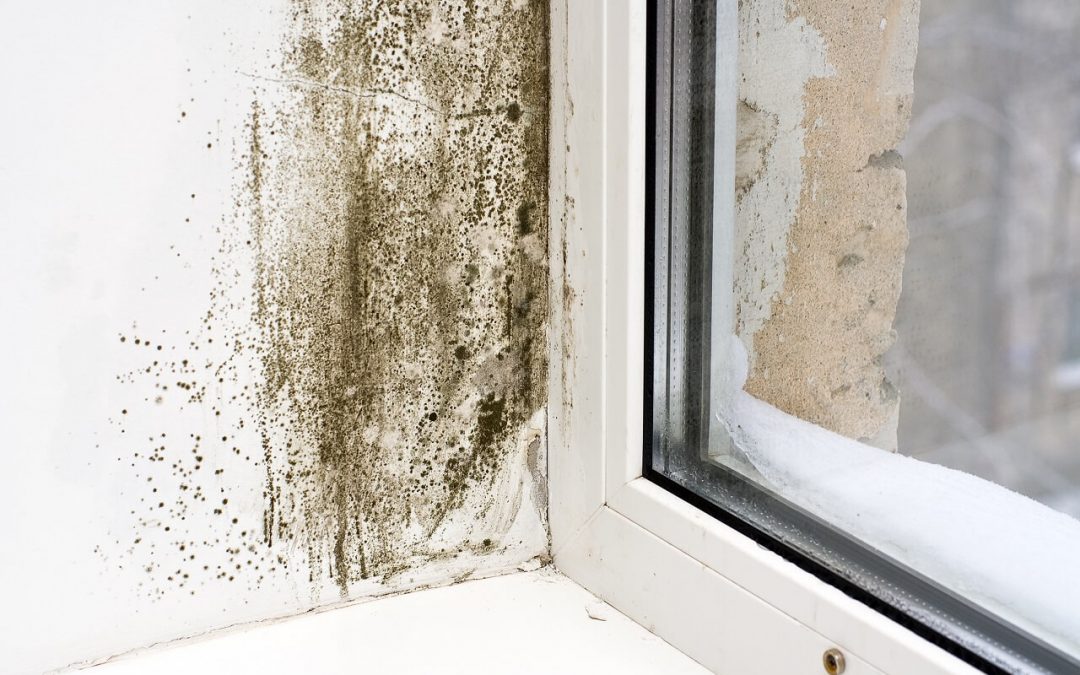Mold is a prevalent problem in many homes, especially during the warmer seasons of the year. Mold can cause staining and property damage, plus it may cause allergic reactions or respiratory problems for you or your family members. Fortunately, you can take steps to prevent mold growth in the home.
Check the Humidity Levels Indoors
Mold thrives in humid environments. To prevent its growth, maintain low to average humidity levels in your home.
- Ventilate areas prone to high moisture like bathrooms, kitchens, and basements.
- Verify the clothes dryer vents to the outside.
- Open windows to allow fresh air inside.
- Install a humidifier or dehumidifier to manage humidity levels. The EPA recommends humidity in the home be between 30 and 50%.
Circulate Fresh Air Through Your Home to Prevent Mold Growth
Sometimes, routine activities like cooking and showering encourage mold growth. Good circulation helps to lower humidity in your home. As fresh air circulates, it dries damp areas. Open the windows for natural ventilation for at least twenty minutes a day. You can use an air conditioning unit to increase airflow but make sure it is well-maintained and doesn’t contribute to condensation indoors.
Dry Wet Areas
Adopt the habit of drying wet surfaces in your home. Mold needs moisture to grow. Therefore, you can prevent mold growth by keeping the house dry. Areas that are often damp or humid, like the bathroom and kitchen, are more prone to mold growth. Dry the bathroom floor after a shower and use the ventilation fan to boost circulation in the room. Repair plumbing leaks, don’t leave wet clothing lying around, and wipe around the kitchen sink after doing the dishes.
Identify Areas Prone to Mold Growth
Although you can’t mold-proof a home, you can deter growth by identifying problem areas and working on them. Mold is likely to thrive in dark, damp spaces, like the basement and bathroom. Watch for signs of excess moisture or leaking pipes and make repairs.
Invest in Mold-Resistant Products
If you have an upcoming home renovation project, it is worth investing in mold-resistant products such as mold-resistant drywall. This drywall is paperless, and its surface is highly water-resistant. It helps prevent mold growth, especially in bathrooms, kitchens, basements, and laundry rooms. There is a mold-resistant gypsum board designed to avoid moisture absorption and reduce the chance of mold growth.
Dealing With Mold Growth
Roof and plumbing leaks, overflowing gutters, and daily activities like showering and cooking can contribute to mold growth in a home. If you are dealing with a mold infestation, seek professional mold remediation services. Mold spores can negatively affect your health, and it’s essential to hire a trained expert to safely and eliminate mold in the home.
Lakeland Home Inspection Service provides inspections to homebuyers and sellers. Contact us to request our services.

